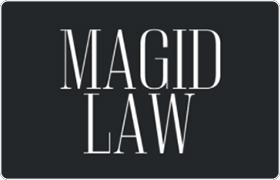Hyampom DUI-DWI Lawyer, California
Sponsored Law Firm
-
 x
x

Click For More Info:
-
Magid Law
112 Main Street Weaverville, CA 96093» view mapCriminal Defense Law Experienced, Aggressive Criminal Defense
Hiring a criminal defense attorney is one of the most important decisions you will ever make. Don’t be a victim of the system. Choose Benjamin Magid as your attorney.
800-761-7580
Kathleen Anne Bryson
Criminal, DUI-DWI, Traffic, Misdemeanor
Status: In Good Standing Licensed: 32 Years
FREE CONSULTATION
CONTACT Benjamin Magid Weaverville, CA
Benjamin Magid Weaverville, CA Practice AreasExpertise
Practice AreasExpertise
